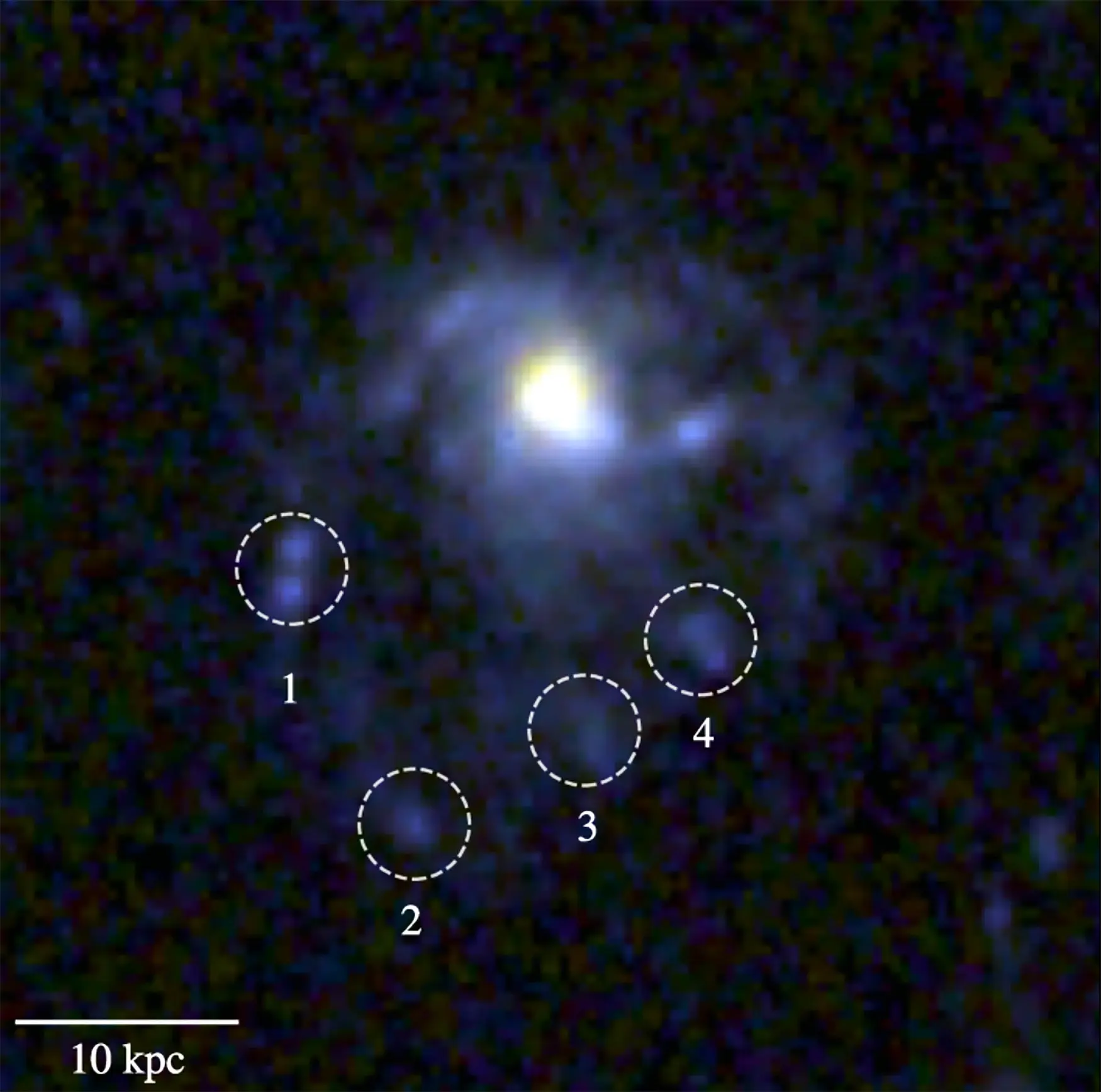T4K3.news
JWST Finds No Earthlike Atmosphere on TRAPPIST-1 d
JWST data suggest TRAPPIST-1 d lacks an Earthlike atmosphere, narrowing the hunt for habitable worlds around red dwarfs.
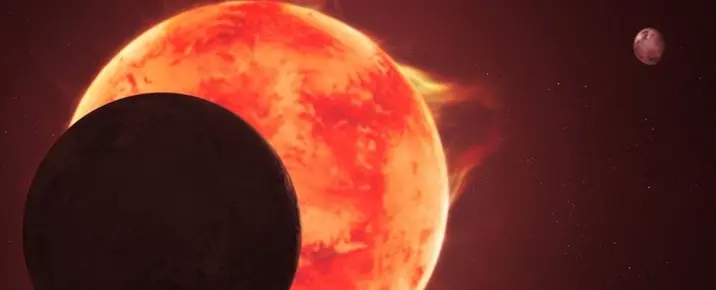
The James Webb Space Telescope found no Earthlike atmosphere on TRAPPIST-1 d, narrowing the path for finding a nearby Earth twin and guiding how we study atmospheres around red dwarfs.
TRAPPIST-1 d Atmosphere Clarity Dims Hopes for Earthlike Habitability
NASA's James Webb Space Telescope observed TRAPPIST-1 d during two transits in 2022 and built a transmission spectrum in the 0.6 to 5.2 micron range. The data show a flat spectrum with no detectable atmospheric features, a result that argues against an Earthlike atmosphere and water vapor signature. The planet sits near the inner edge of the system's habitable zone, and the team concludes that a thick hydrogen rich atmosphere or a clear water rich atmosphere is unlikely. The results, published in The Astrophysical Journal, narrow the field for what kind of atmosphere TRAPPIST-1 d could possess and point to several alternative explanations such as an extremely thin atmosphere or high altitude clouds.
Beyond TRAPPIST-1 d, the study notes that the outer planets in the same system, TRAPPIST-1 e, f, g, and h, might still keep substantial atmospheres, or water, even if d is airless. But these outer worlds are colder and fainter targets for JWST, and the absence of a complete spectrum leaves room for future observation. The work highlights the uncertainty around red dwarf planets: frequent flares can erode atmospheres, yet magnetic fields and atmospheric chemistry could shield some worlds. Webb's infrared sensitivity is enabling the first detailed look at Earth sized planets around red dwarfs, reshaping expectations about what counts as a habitable world.
Key Takeaways
"The outer planets may yet possess thick atmospheres."
Co-author Ryan MacDonald on the outer worlds
"Our detective work is just beginning."
Lead author Caroline Piaulet-Ghorayeb on ongoing research
"Webb's sensitive infrared instruments are allowing us to delve into the atmospheres of these smaller, colder planets for the first time."
Björn Benneke on JWST capabilities
"TRAPPIST-1 d is a far cry from a hospitable world"
Piaulet-Ghorayeb on the planet's current prospects
The finding underscores a stubborn truth about exoplanet habitability. A planet being in the habitable zone is not a guarantee of an Earthlike atmosphere. Scientists must test atmospheric composition directly, and JWST's results push researchers to refine models of how red dwarf activity shapes atmospheres. The article also shows how science evolves: a single measurement narrows possibilities and sparks a new round of questions.
This work also reveals how the public conversation about space remains hopeful but cautious. Technology can expand what we can test, yet it also forces a careful rethinking of what makes a world livable. The hunt for life beyond Earth is not a single discovery but a process of mapping boundaries, and these results move that map forward in small, precise steps.
Highlights
- Webb widens our questions faster than it answers them
- Earthlike hopes realign with stubborn data
- The cosmos keeps a tighter timetable than our dreams
- We are learning to read the universe with careful optimism
The search for life beyond Earth continues with a measured pace and a sharper map of what remains possible.
Enjoyed this? Let your friends know!
Related News
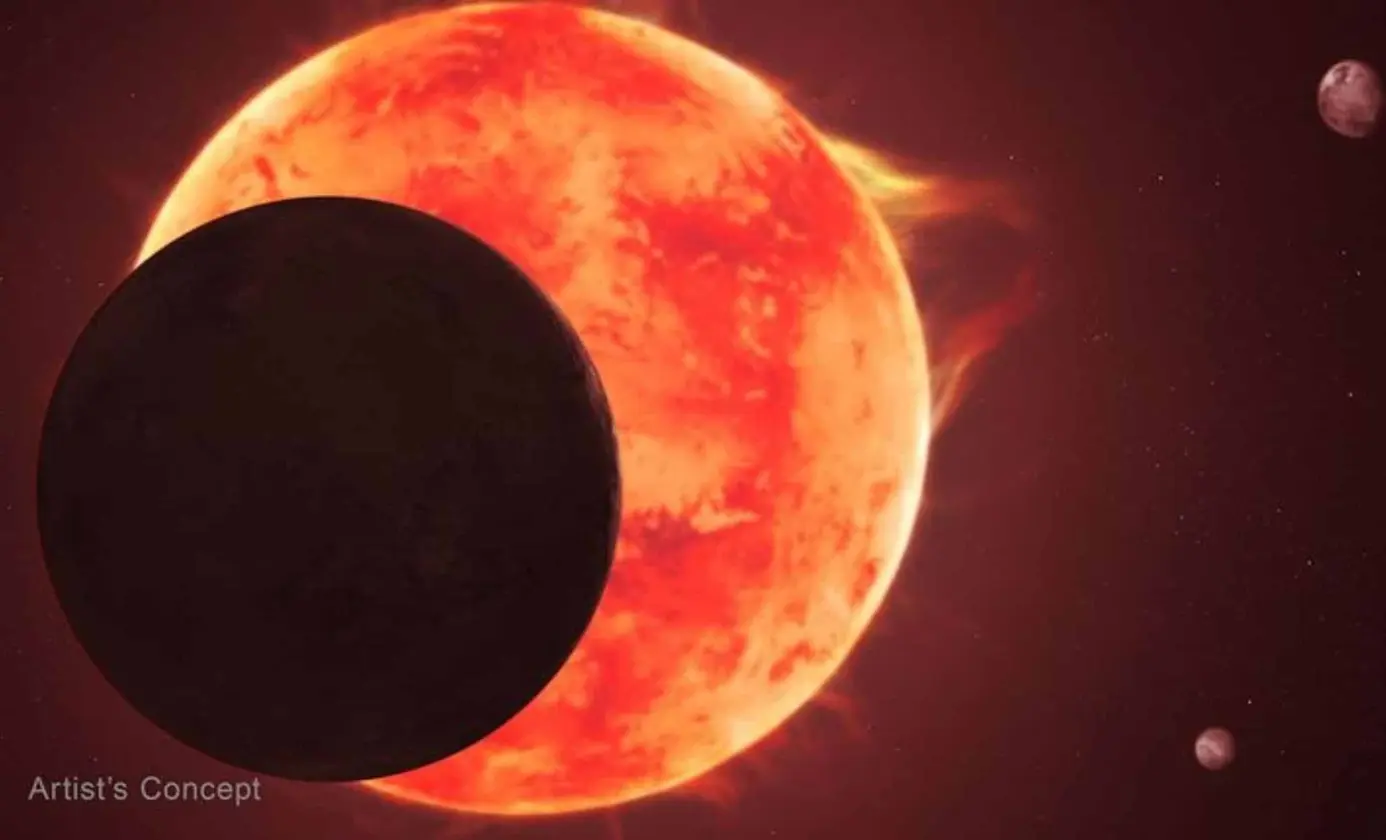
TRAPPIST-1 d Update
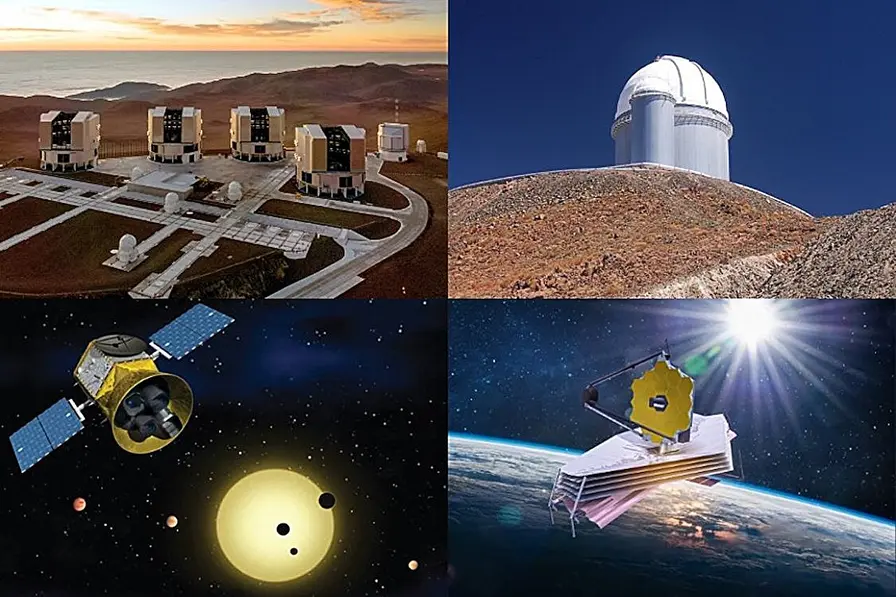
Fifth potentially habitable planet confirmed in L 98-59 system
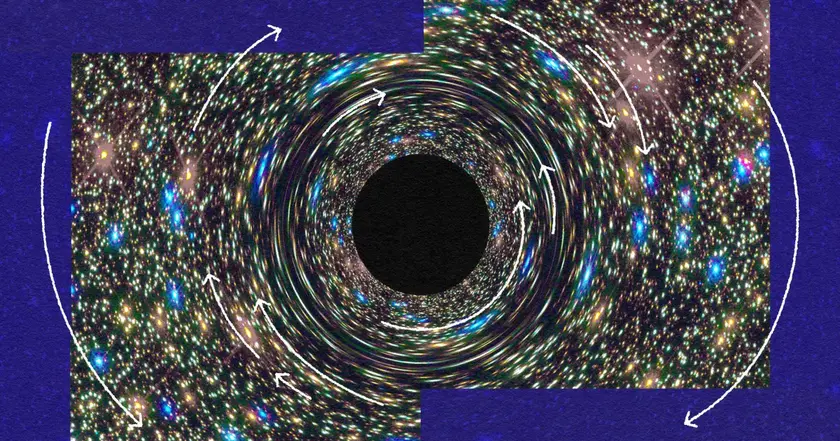
Cosmic Horseshoe Reveals Heaviest Black Hole Yet
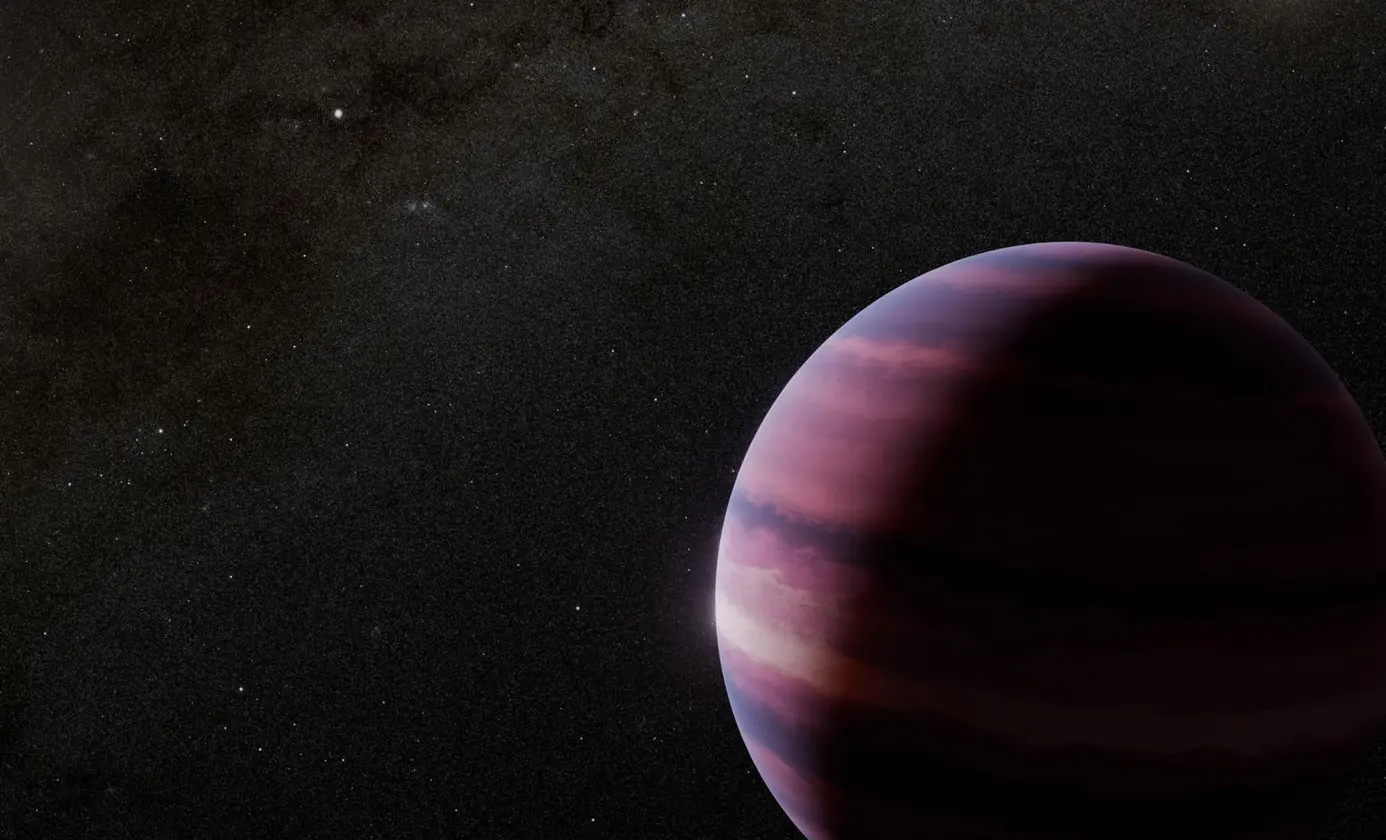
Webb Telescope reveals exoplanet candidate and Pluto haze

Scientists discover fifth planet in L 98-59 system
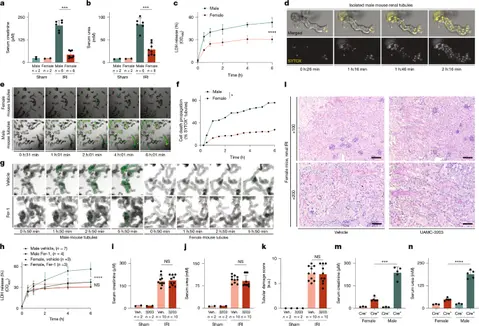
Estrogen protects kidneys from ferroptosis
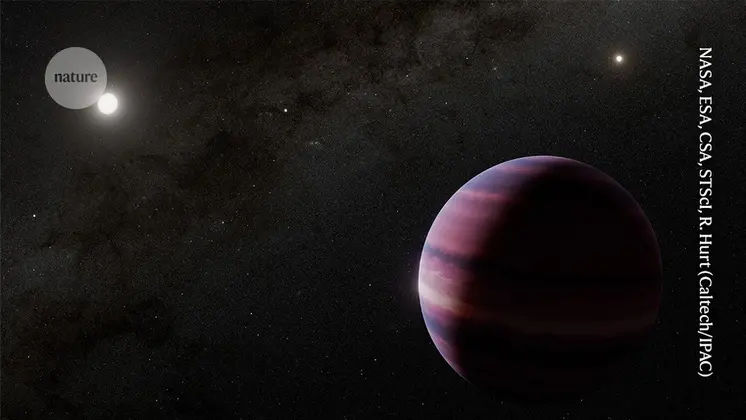
Astronomers discover possible planet near Alpha Centauri A

50 UK breakfasts highlighted
